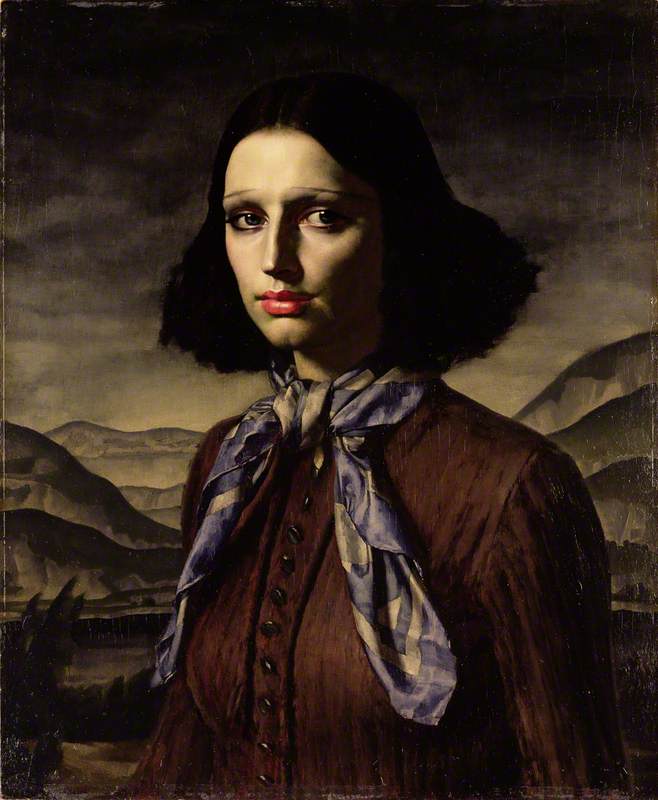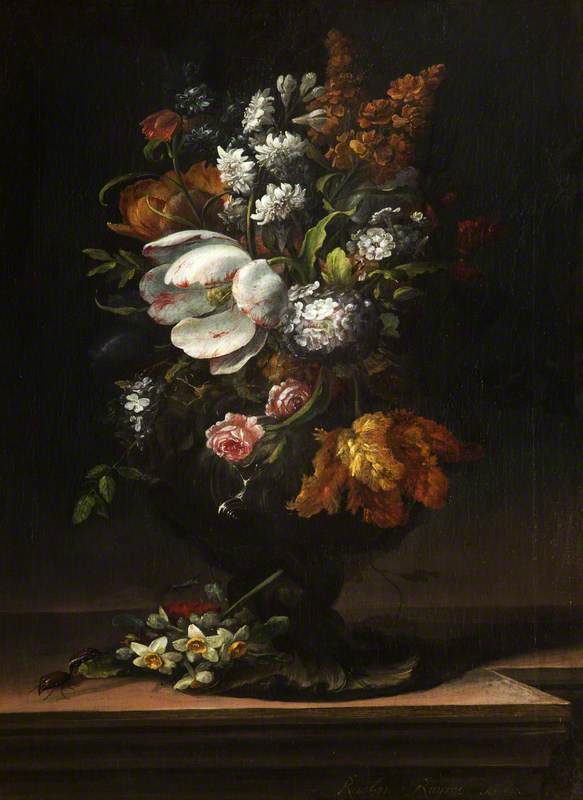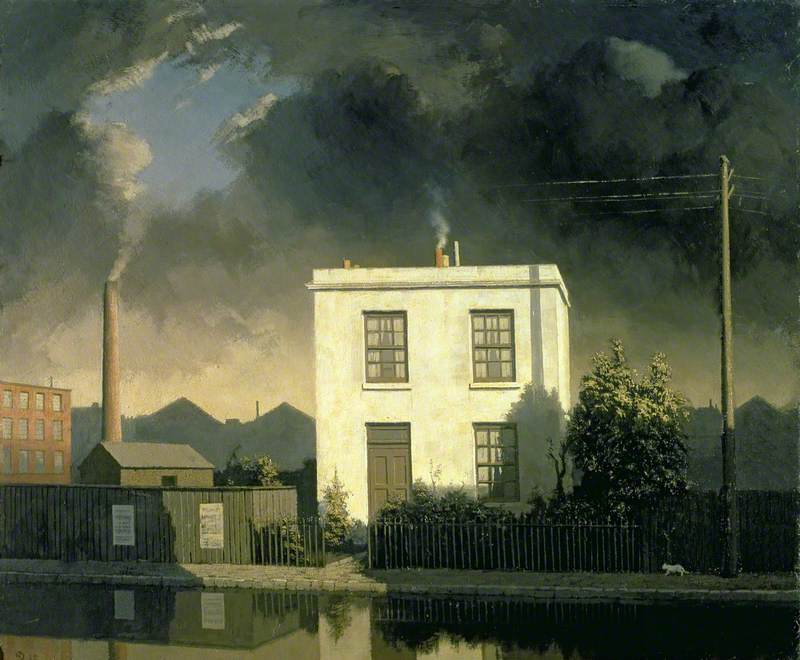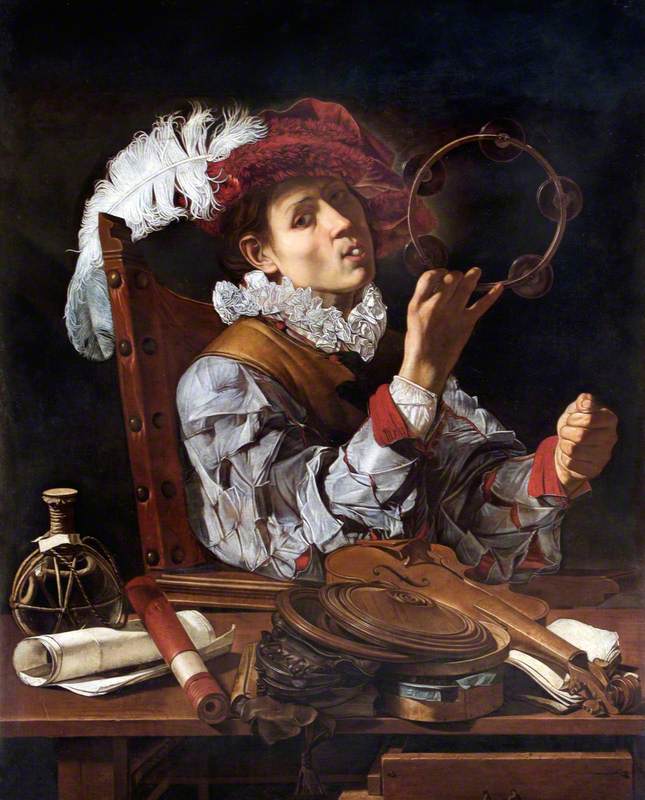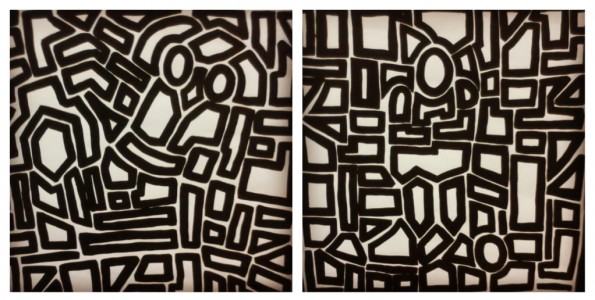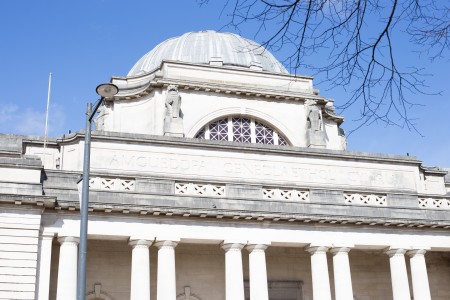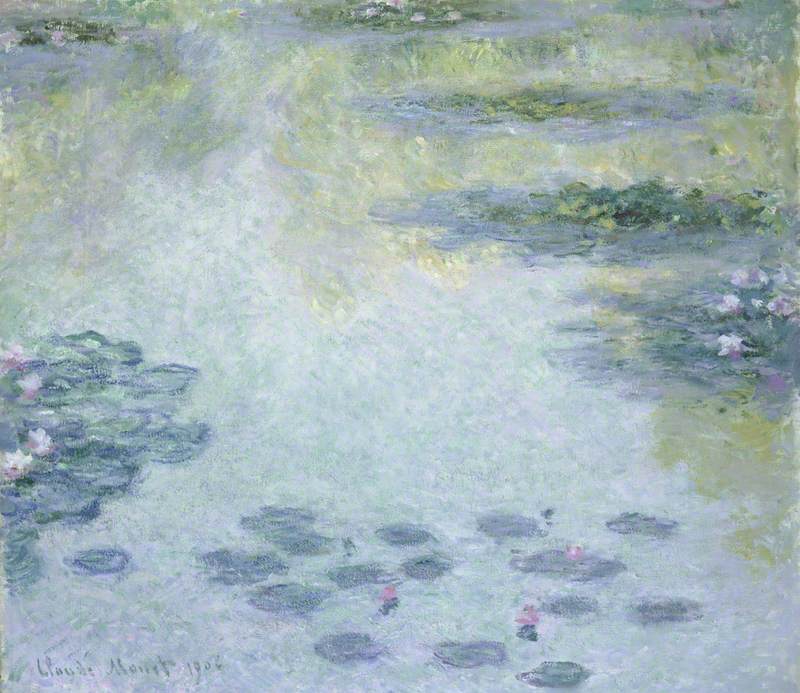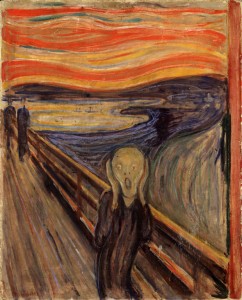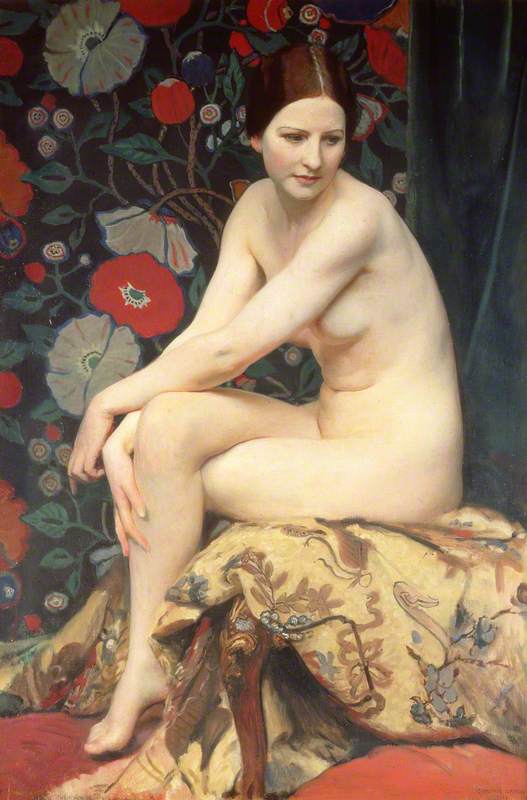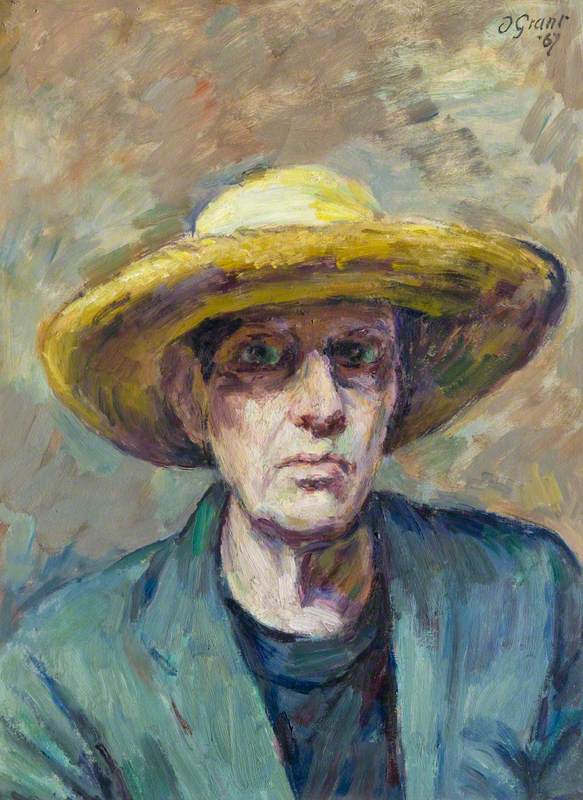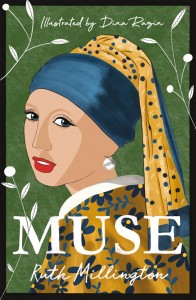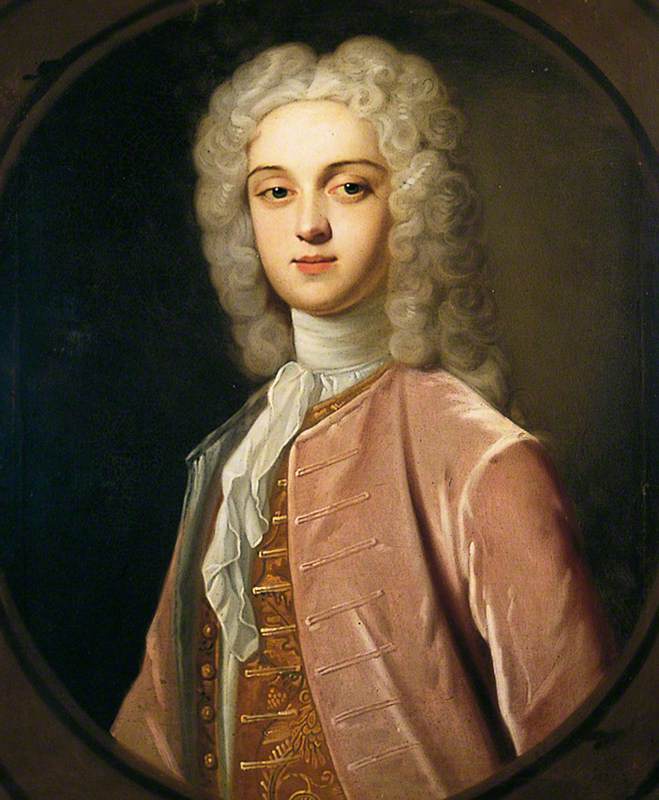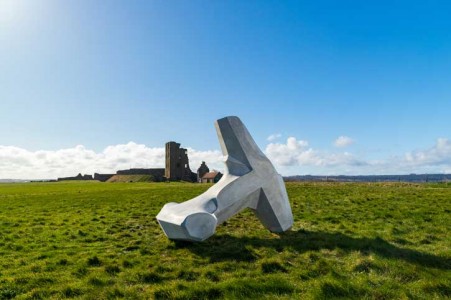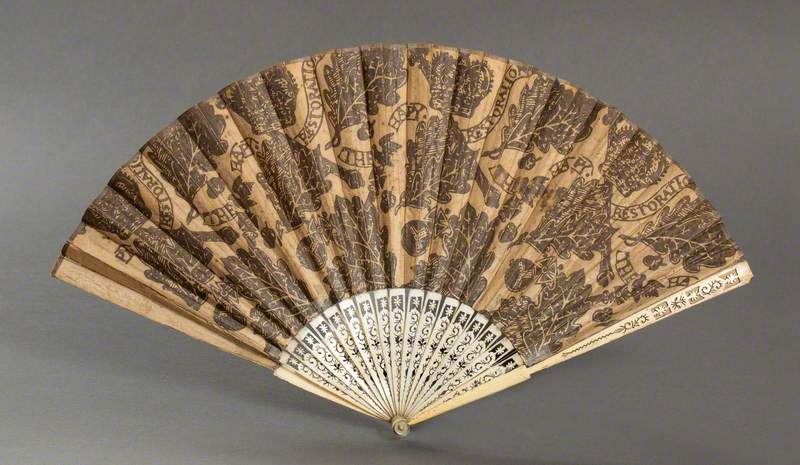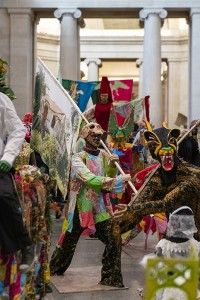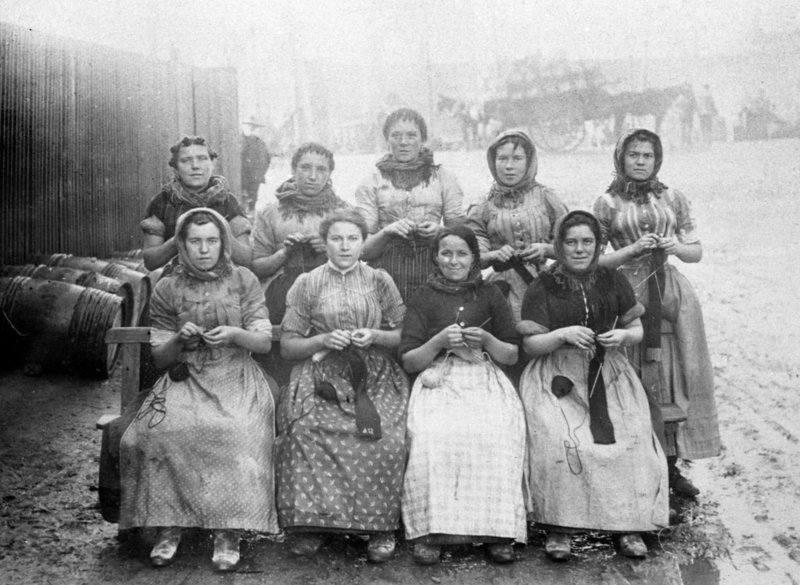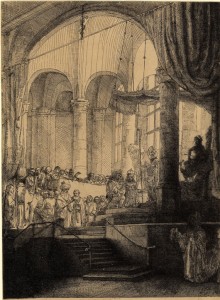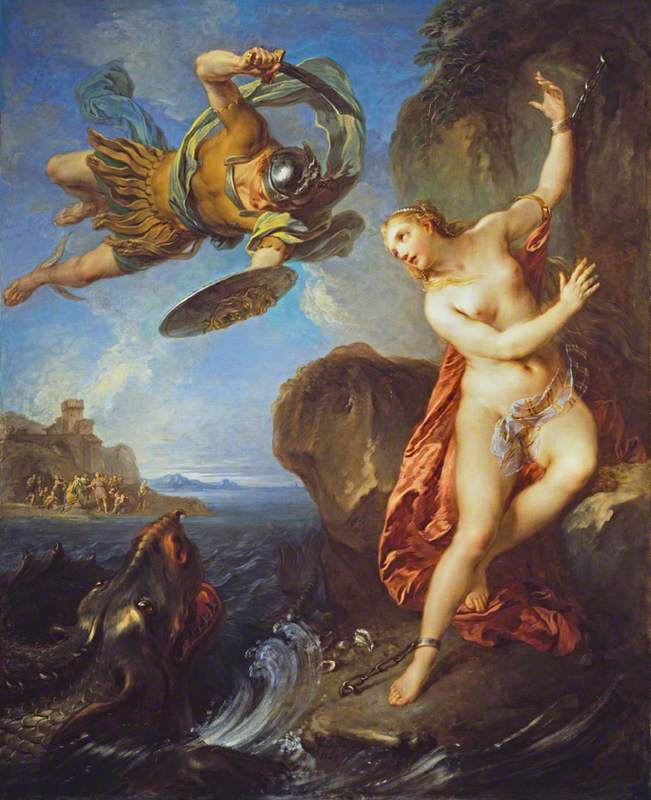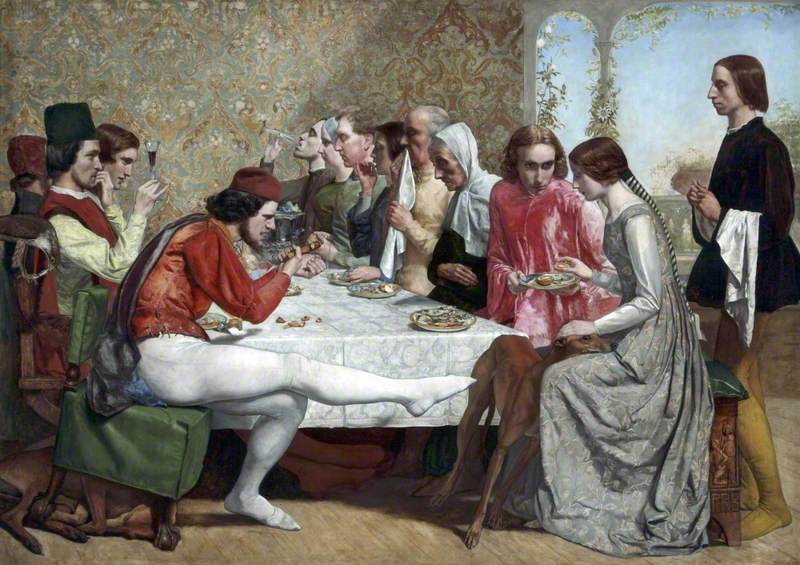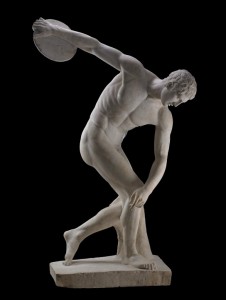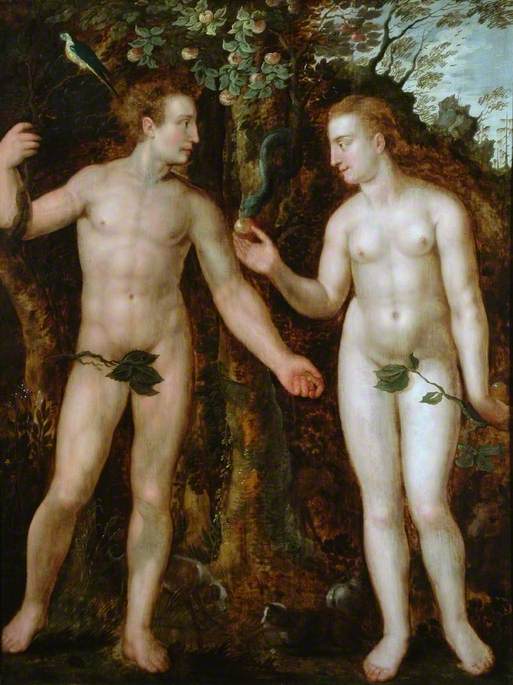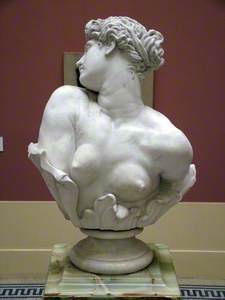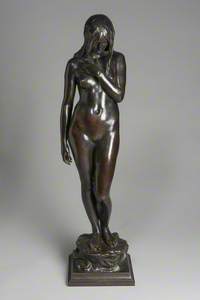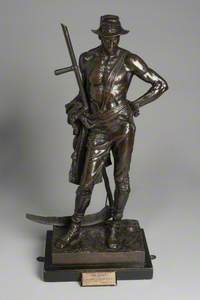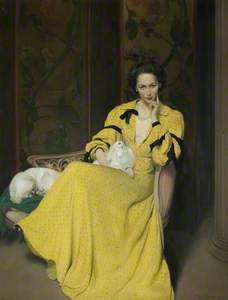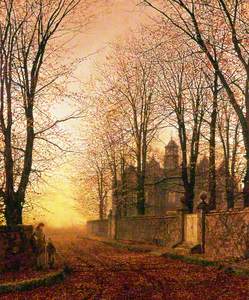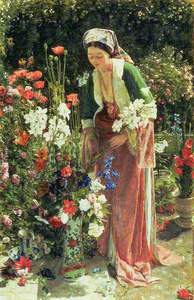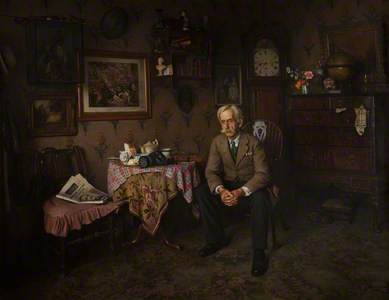It's at least 55 years since I first visited the Harris Museum and Art Gallery in Preston, Lancashire. But that first visit still burns vividly in my memory. Aged 11 in the swinging sixties, I knew I'd stumbled on a way to access joy and enchantment that would last me a lifetime.
I was astonished from the moment I walked through the front door into the vast, domed atrium with its replica of Foucault's Pendulum swinging mysteriously all day long to illustrate the tilt of the Earth's axis as it rotates.
If you’ve ever watched our Foucault pendulum for a period of time, you might have noticed that its swing moves clockwise. Only it doesn't...the pendulum follows a fixed plane of motion whilst the earth rotates beneath it. This creates the appearance of clockwise motion. pic.twitter.com/r1KU0346pK
— The Harris (@HarrisPreston) January 29, 2022
Then it was on and up the curving staircase past the bust of Clytie.
In Greek mythology, Clytie was a nymph in love with Helios, the sun god. In the beginning, he loved her too, but her jealousy drove him to turn her into a sunflower, a flower that turns its head to follow the sun moving across the sky.
Pausing to catch my breath I noticed a doorway flanked by two small statues that moved me in very different ways. On the left stood Eve by Thomas Brock (1847–1922) the fall of her hair echoing the sinuous curves of her body. I thought she was beautiful.
On the right side stood The Mower by Hamo Thornycroft (1850–1925), a strapping young man carrying a scythe.
I thought he was beautiful too, but in a very different way. He aroused such a disturbing mix of feelings in me I wanted to cry. This was my first experience of the power of art to tell us about who we are and our most deeply hidden desires. I walked through that doorway with an answer to a question I hadn't realised I'd been asking.
Venturing into the main saloon and still amazed that nobody had tapped me on the shoulder and asked me to leave, I was arrested in my tracks by Pauline in her astounding yellow dress.

Pauline in the Yellow Dress 1944
Herbert James Gunn (1893–1964)
Harris Museum, Art Gallery & LibraryWas this a portrait of a woman or a portrait of a dress? The dress is actually on display as well these days and looks surprisingly limp and lifeless next to the painting. The Harris used Pauline as a poster girl some years ago with the caption 'come up and see me sometime'. But this isn't a woman given to camp flirtation. She is remote and haughty. She compels us to look back at her inviting us to meet her gaze. I suddenly found myself caught up in a dialogue. This wonderful portrait started my journey of thinking about looking.
When the picture was first shown at the Royal Academy it was nicknamed 'the Mona Lisa of 1944'. However, there is another portrait in the Harris that fits that description much better. The rocky landscape behind Dorette by Gerald Leslie Brockhurst (1890–1978) seems to me a direct reference to the Mona Lisa.
It brings to mind Walter Pater's famous description of her being 'older than the rocks amongst which she sits, primeval, the witchlike mother, vampiric.' I thought it was rather a creepy portrait at the time, and her drab brown cardigan was certainly a bit of a let-down after the explosion of Pauline's dress. I still don't warm to the painting but it is unforgettable in its way and very much of its period.
The elegiac mood of In the Golden Olden Times by John Atkinson Grimshaw (1836–1893) spoke to me immediately.

Image credit: Bridgeman Images
In the Golden Olden Times c.1870
John Atkinson Grimshaw (1836–1893)
Harris Museum, Art Gallery & LibraryI recognised the caught-in-amber feeling associated with long Sunday afternoons, homework not done, the weekend almost over. I loved the filigree of the branches against the pale orange sky. The atmosphere of mystery is enthralling. Something is about to happen, something uncanny perhaps. I wasn't surprised when I later discovered this painting had been used on the cover of paperback edition of Willkie Collins novels like The Woman In White.
Next was Cordelia Disinherited.
I was drawn to the cool palette and the stillness. Most of all I was fascinated by the way the complementary colours of her cloak made each other sing. She stands, isolated and alone, in a shaft of light from the left. She seems hemmed in, crushed between the pillar and the dark shadows behind her. No room for manoeuvre. Suddenly you notice the arm of the male figure on the left. There is clearly a story happening here.
I was in heaven looking at Psyche Entering Cupid's Garden by John William Waterhouse (1849–1917), which began my love affair with the Pre-Raphaelite.
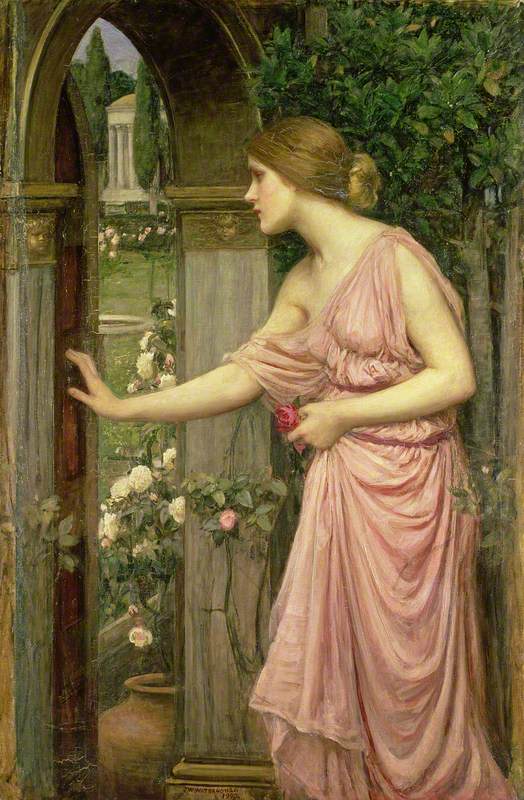
Image credit: Bridgeman Images
Psyche Entering Cupid's Garden 1903
John William Waterhouse (1849–1917)
Harris Museum, Art Gallery & LibraryI loved its soft colours and highly romanticised view of medievalism. Most of all I was fascinated by the tantalising glimpse of the garden as Psyche pushes open the door in the wall.
The theme of the secret garden was taken up again in the glorious riot of colour that was In the Bey's Garden by John Frederick Lewis (1804–1876).
I loved this picture at first sight. My imagination was caught by the mysterious word 'Bey', the outlandishly exotic costume, and the densely planted border of flowers. I noticed that in spite of the graceful inclination of her body, as she leans down towards the vase, it is a picture structured around verticals and she seems imposing and tall. It brought to mind the tiger lilies chatting to Alice in Lewis Carroll's Through the Looking-glass and what Alice Found.
I had no idea that a bey was an official in the Ottoman Empire, but I thought it must be fabulous to spend one's days in the garden fooling around with flowers and wearing outfits like this. This painting brings together two of my passions, gardening and looking at pictures.
I was quite impressed to notice, even then, that the painting was botanically impossible because not all the plants depicted come into flower at the same time of year. This is something you see in Dutch flower paintings. In fact I'm surprised to discover the Harris does have a Rachel Ruysch but it was clearly too subtle for my eleven-year-old taste for bright colours.
The In the Bey's Garden gave way to a remarkable woman called Hesperia. If ever there was a depiction of a woman, haunted and unhinged, it is Hesperia. Not surprisingly I misread her name as 'Hysteria'.
This is a woman playing a part. She reminded me of most of the women in my family. It's another portrait of a frock. In fact underneath the dramatic gown, you'd be left with a woman posing in the same attitude as a classical Greek statue of an archer.
Hesperia is one of three sisters from Greek mythology called the Hesperides. They tended a garden where golden apples grew which gave immortality when eaten. Here Hesperia is stealing an apple for herself. She is sometimes known as Erytheia, 'the red one'.
Amongst this fascinating gallery of women there were other genres that have stayed with me all these years. The first was a small picture called Why War? by Charles Spencelayh (1865–1958).
I was enraptured by the detail of this painting, and I'm often reminded of it when I look at my favourite paintings from the Northern Renaissance.
At first glance, it seems to be a cosy scene with the table set for tea and you can almost hear the clock ticking. But then all cosiness falls away as you notice the sinister presence of the gas mask on the table with the tea things, and suddenly you understand the lost expression on the face of the old man, his utter desolation. I knew then that I wasn't the only person in the world to carry the sinking feeling that nowhere is safe.
The next picture, The House by the Canal by Algernon Cecil Newton (1880–1968) captured my imagination so powerfully that I remember writing a story about it.
Here is a wonderful example of how art can transform the ordinary and every day into something numinous and radiant. It has an uncanny, heightened atmosphere. The house looks ghostly even though it's brilliantly lit as if suddenly illuminated by a flash of lightning. And in the middle of all this drama just look at the purposeful little white cat busy with his own concerns.
I immediately thought of this wonderful picture when I first saw Rachel Whiteread's remarkable, ghostly, House.
Rachel Whiteread, House, 1993 #WomensArt pic.twitter.com/ldXZaLOuEb
— #WOMENSART (@womensart1) January 10, 2022
I have a lifetime of looking at paintings behind me now and I have visited the great art galleries of the world. But these paintings in the Harris are old friends that have become the furniture of my soul.
Peter Murphy, freelance writer

